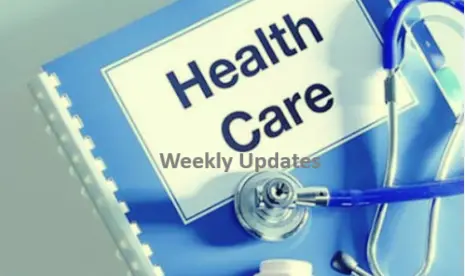
How New Policies Threaten Rural Access and Equity
A national analysis reveals stark healthcare disparities, worsened by the One Big Beautiful Bill Act’s $1T Medicaid cuts, threatening rural hospitals and maternity wards. New policies spark hope and skepticism.
It’s a crisp morning in rural Indiana, and Sarah, a young mother-to-be, drives 90 minutes to the nearest hospital for a prenatal checkup. Her local hospital shuttered its maternity ward last year, a casualty of tight budgets and dwindling patients. This isn’t just her story—it’s the reality for millions of Americans whose access to quality healthcare hinges on where they live. A national analysis from the Center for American Progress lays bare this truth: geography still dictates healthcare equity, and new policies like the One Big Beautiful Bill Act (OBBBA), signed into law on July 4, 2025, by President Donald Trump, could make things worse.
The OBBBA, touted as a sweeping reform, slashes Medicaid by $1.02 trillion over a decade, a move experts warn could gut rural hospitals. The Congressional Budget Office estimates 12 million Americans will lose insurance by 2034, with rural communities hit hardest. “These cuts are like yanking the rug out from under an already shaky system,” says Michael Shepherd, a rural health expert at the University of Michigan. Rural hospitals, where 44% operated at a loss in 2023, rely heavily on Medicaid. The bill’s $50 billion Rural Health Transformation Program, meant to soften the blow, is dismissed by critics as “a bucket of water on a house fire,” per Jennifer Mensik Kennedy of the American Nurses Association. With only $4.5 million per hospital annually for five years, it’s a temporary bandage on a gaping wound.
Maternity ward closures are a growing crisis. In Arizona, five critical access hospitals face closure, exacerbating “maternal health deserts,” says Daniel Derksen of the University of Arizona. A Miami hospital’s planned maternity unit closure this fall is part of a national trend, forcing patients like Sarah to travel hours for care. “It’s not just Medicaid patients who suffer,” says Ann-Marie Alameddin of the Arizona Hospital and Healthcare Association. “Private insurance holders face delays and long drives too.” These closures ripple through communities, threatening economies and access to trauma and cancer care.
Healthcare leaders are scrambling. David Dunkle, CEO of Johnson Memorial Health in Indiana, calls the OBBBA “self-injurious,” predicting service cuts and longer ER wait times. Yet, some see potential. A CEO from a larger system told Becker’s Hospital Review the bill could be a “net positive” by forcing efficiencies, though at what cost? Rural hospitals are exploring levers like converting to emergency-only status—41 have done so since 2023—but this often means slashing vital services like maternity care, leaving communities stranded.
Adding to the turmoil, HHS Secretary Robert F. Kennedy Jr.’s decision to halt CDC recommendations for routine COVID-19 vaccinations for healthy children and pregnant women has sparked outrage. Six major medical groups, including the American Academy of Pediatrics, filed a lawsuit on July 7, 2025, calling the move “unlawful” and “contrary to peer-reviewed data.” Dr. Susan Kressly of the AAP warns, “This erodes trust in vaccines, putting lives at risk.” Kennedy’s firing of 17 CDC advisory committee members further fuels fears of unscientific policymaking.
On a brighter note, health insurers covering 250 million Americans pledged on June 24, 2025, to streamline prior authorization, a move praised by Kennedy but met with skepticism by hospital leaders. “It’s a step, but we’ve heard promises before,” says Dr. Priya Sharma of Medica Superspecialty Hospital in Kolkata, reflecting a cautious hope echoed in U.S. healthcare circles.
The healthcare industry, employing millions across 38 states, faces a paradox: it’s a top employer yet desperately short of workers. As 2,500+ health IT and RCM executives prepare to convene this fall, per Becker’s, they’ll grapple with these challenges. Meanwhile, systems like Presbyterian and Adventist are doubling down on primary care strategies, integrating telehealth and community clinics to bridge gaps.
For Sarah and millions like her, these changes aren’t just policy—they’re personal. As rural hospitals teeter and maternity wards vanish, the fight for equitable healthcare grows urgent. The question isn’t just about funding or reform; it’s about whether America values access for all, no matter where they call home.
Sources: Center for American Progress (2025), Congressional Budget Office (2025), Becker’s Hospital Review (July 7, 2025), STAT News (July 7, 2025), Reuters (June 24, 2025), Arizona Hospital and Healthcare Association.